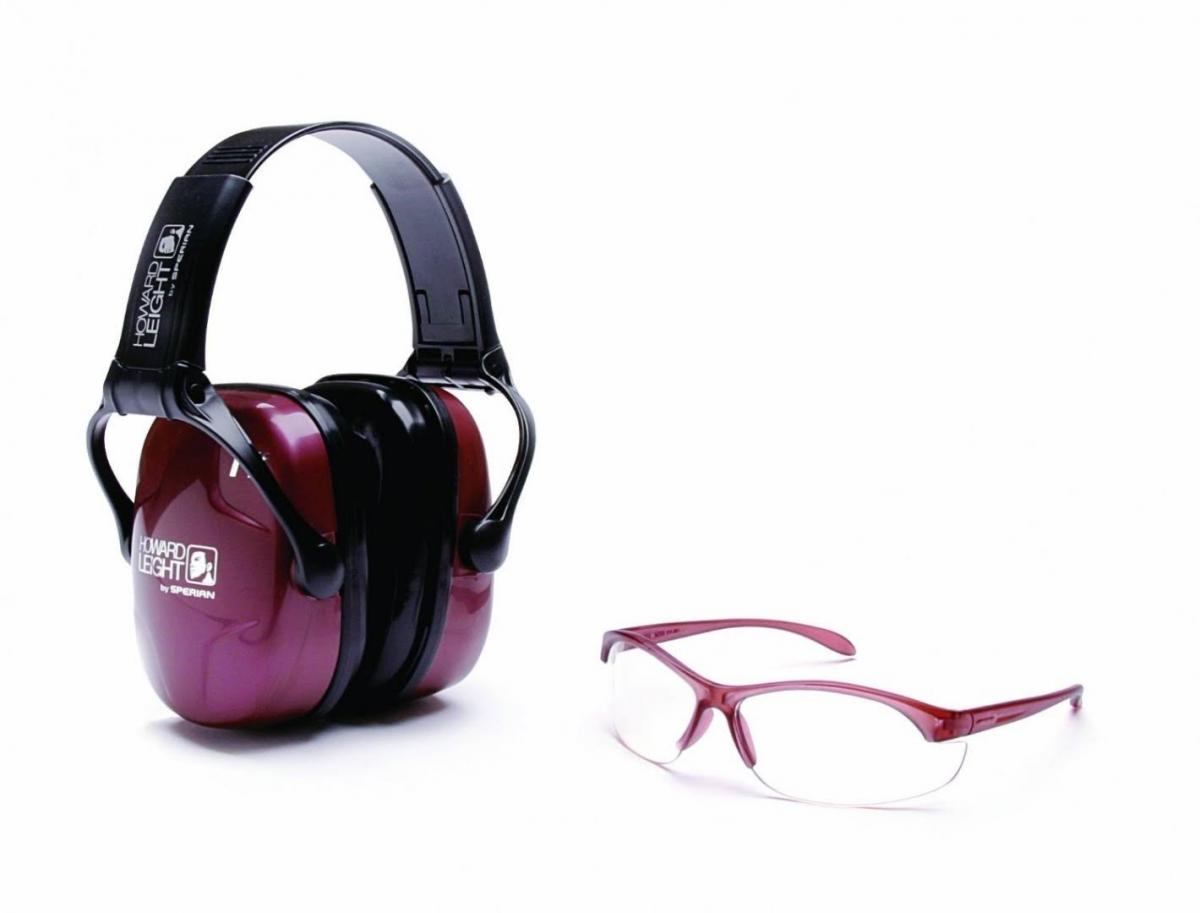Part 3: Range Operation
Practicing personal safety
Eye and ear protection
- Wear eye and ear protection before entering and while on the range at all times
- Your eyes need protection from ejected cartridge casings and any firearm malfunction
Range entrance and exit
- Honor the path for range entrance and exit using double door noise isolation plan
- Separate entrance and exit doors prevent cross traffic and therefore ensure there is always a closed door noise barrier
- Also, make sure that the door closes behind you before opening the next
Gun handling
- All gun handling is done in the shooting booth beginning with opening the gun case
- Any gun set down in the booth must be empty, open for inspection and pointing directly down range
- Do not move a gun from one booth to the another while outside of its case or holster
- When your session is completed, unloading and casing firearms is required to be done in the shooting booth
Target setup
- Targets should be set at the each shooter's eye level to control the bullet path directly into the backstop and not the ceiling or the floor
- The shooter should also center the shooting path within the lane to avoid the bullet crossing lanes or hitting side walls
- Do not go forward of the firing line to retrieve dropped items. Some provisions may be made for reaching a dropped item with a broom, otherwise a cease fire would be required for the range office to retrieve your item
Range commands
- Range is hot - Active range with individuals engaged in live fire
- Range is cold - Live fire and gun handling is prohibited with shooters required to have set down firearms in cleared condition, and have stepped out of the booth until further instructions
- Cease fire - Immediately stop shooting, clear your firearm, set it down pointed directly down range, exit the booth and wait for further instructions
- Commence firing, bench your gun, load - There are other commands used such as these that the shooter should study
- Can anyone call a cease fire - Yes, in an emergency! You can also ask the range officer to call a cease fire for a non-emergency need
Ammunition and firearms
- A range owner may limit the type of ammunition the shooter may use to avoid or limit range wear and tear
- The range may also limit the type of guns used such as fully automatic
- A firearm muzzle should be placed near the shooting line but not beyond for sound and safety reasons
Range cleanup and hygiene
- As a courtesy, empty brass should be removed from around the shooting booth
- Ranges generally allow the shooter to save their empty brass if desired
- Upon exit, wash your face and hands to remove shooting contaminants. Contaminants are airborne, so they will be in your hair and on clothing too
Part 3 Practical exercise
Why does a range define an entrance and exit traffic pattern system
- The system provides noise protection for those in the waiting area
Why is target setup important?
- Improperly set targets allow bullets to travel into the floor or ceiling instead of the backstop
Can anyone call a cease fire
- Yes, for emergencies that may impact range safety
Why should soap and water be available at the range exit
- The process of shooting exposes shooters to lead and gun powder contaminants
